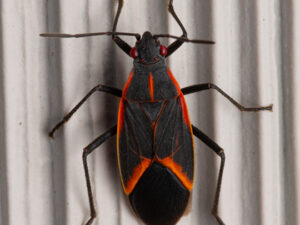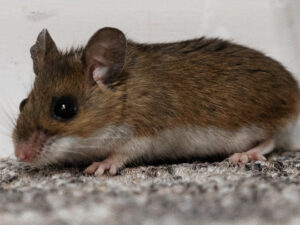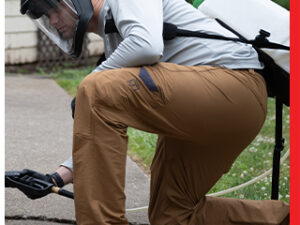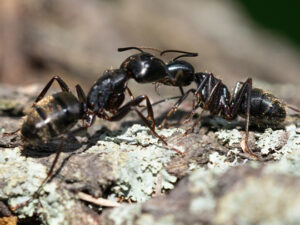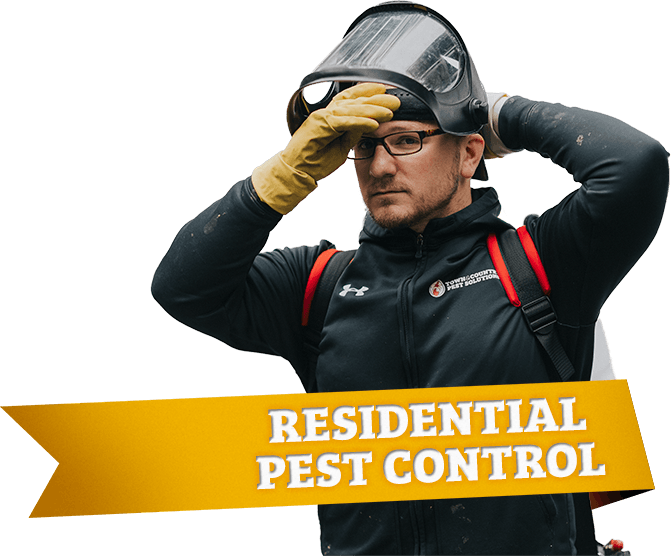
Arthropod pests of house plants is a topic of increasing interest in entomology and pest control communities, and this is largely due to the uptick in residential enquiries made to pest management companies and university extension services regarding indoor plant pests. Sometimes, arthropod pests that feed on house plants can spread and establish an extensive infestation throughout a home, but many infestation cases can be eliminated by homeowners provided that they know how to address pests of this sort.
In many cases, arthropod eggs or larvae are present within house plant soil when the plants are purchased. When this occurs, the small sized eggs and/or larvae are usually located beneath the soil’s surface, making them hard to notice until they develop into adults after the plant is placed indoors. It is also not uncommon for arthropod pests to move from one potted soil source to another within greenhouse environments where house plants are usually purchased. Indoor ant infestations often start this way, as highly mobile worker ants move from plant-to-plant in commercial greenhouses in order to prey on other arthropods, mainly mealybugs, aphids and scale insects. In order to prevent infestations, every resident who maintains house plants should consider their plants to be a potential source of insect pests, and inspecting the undersides of leaves each time house plants are watered go a long way to prevent infestations.
Fungus gnats are among the most common and easily combated arthropod pests of house plants. These tiny airborne insects are notable for flying into people’s faces, but they inflict damage to the roots of houseplants during the larval stage. An abrupt presence of adult fungus gnats within a home often means that the bugs originated from house plants, and any larvae that remain in house plants will quickly die if the soil is allowed to become somewhat dry. Unlike fungus gnat larvae that require significant moisture in order to survive, spider mites thrive in dry climates.
Spider mites are most common in homes containing an abundance of house plants that are located in different rooms where relative humidity levels fluctuate. Spider mite damage to plants is easy to detect, as the pests cause leaves to become dusty looking before becoming yellow and withered. Since spider mites cannot tolerate moisture, placing infested plants beneath a sink or tub faucet will drown and kill the pests. The abundance of water will not hurt the plant, as only dry and undernourished house plants become infested with spider mites, but it is important to allow the soil to dry after this process is carried out.
Have you ever experienced arthropod pest issues in or around your house plants?

